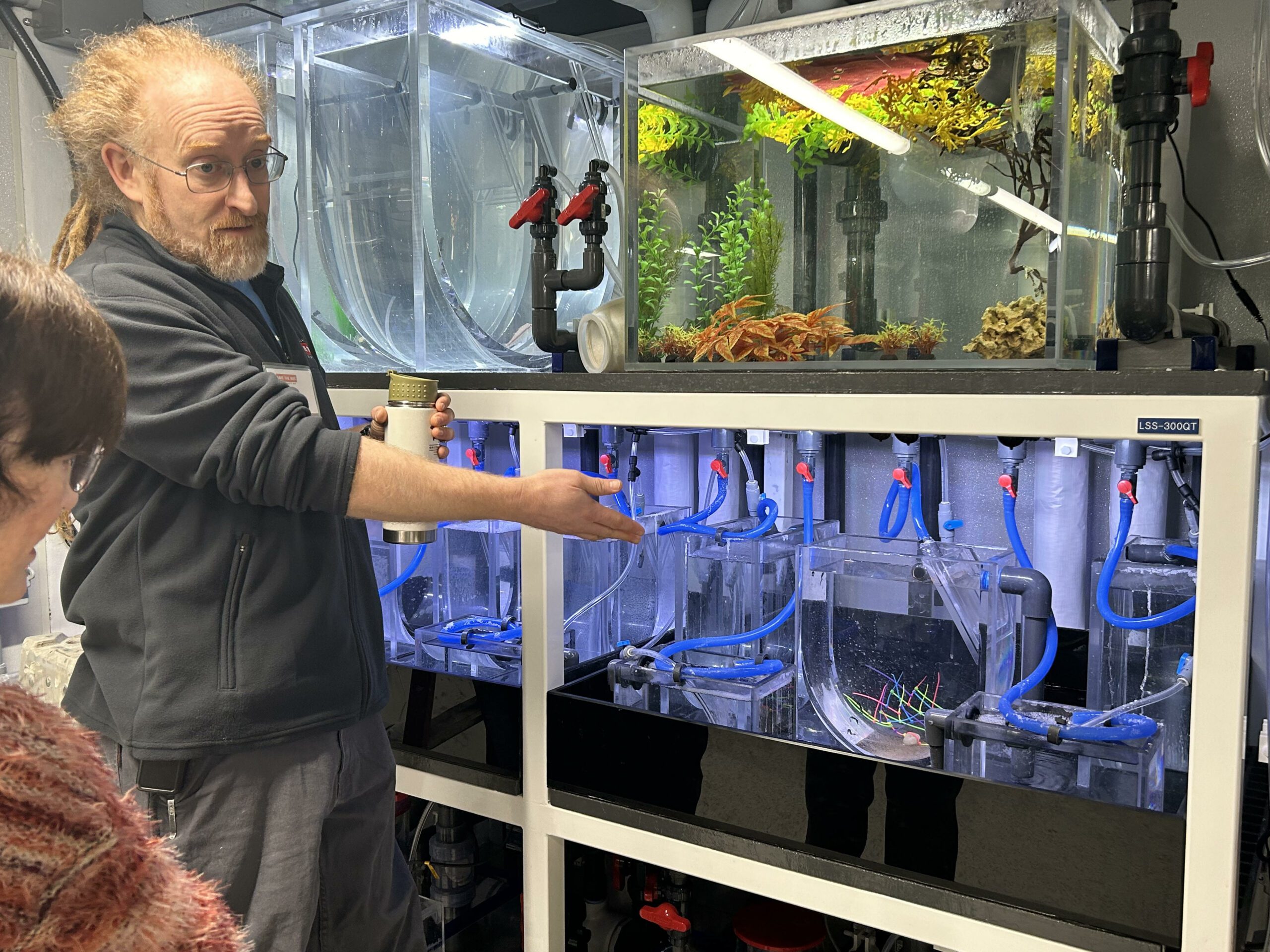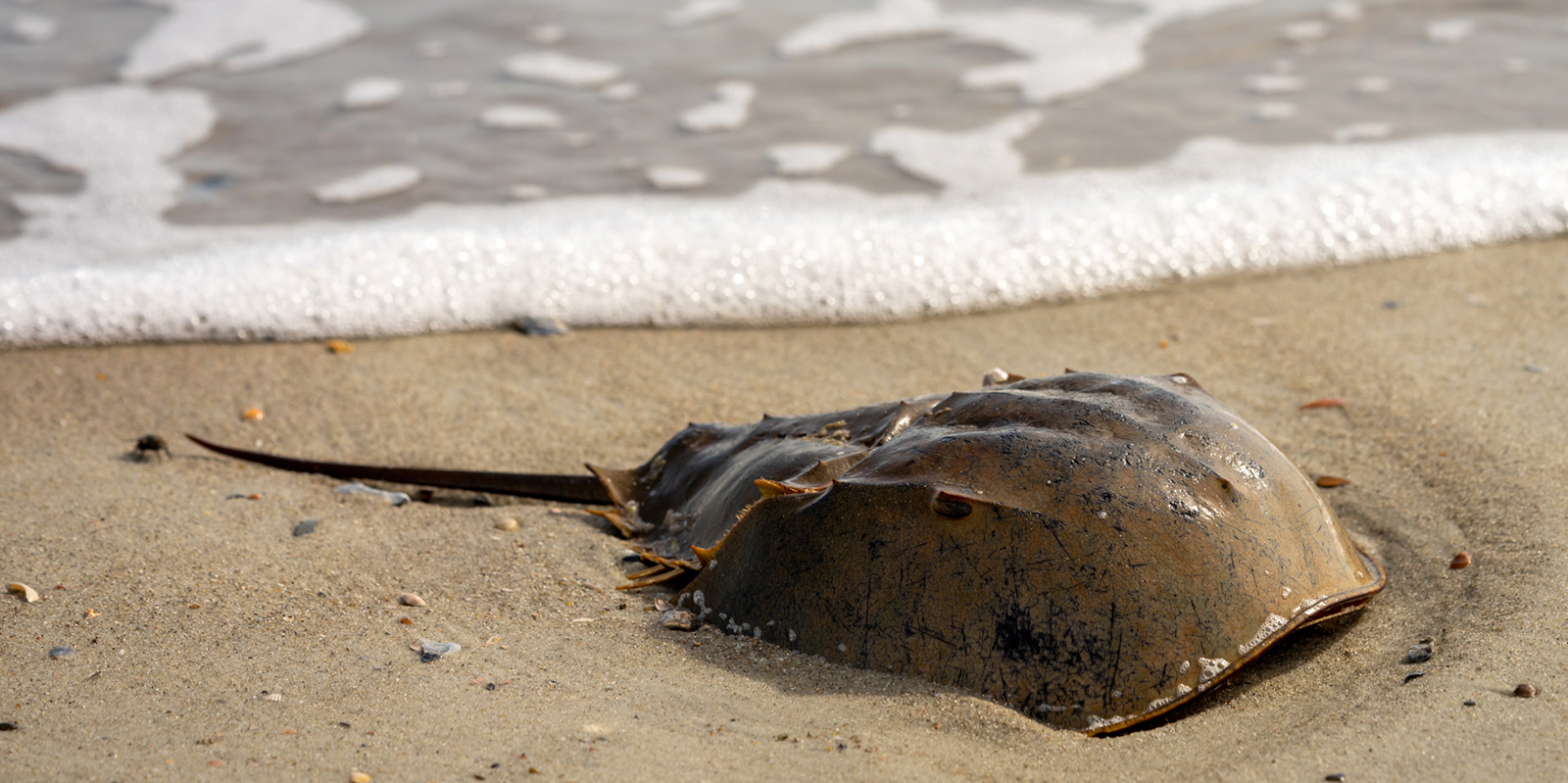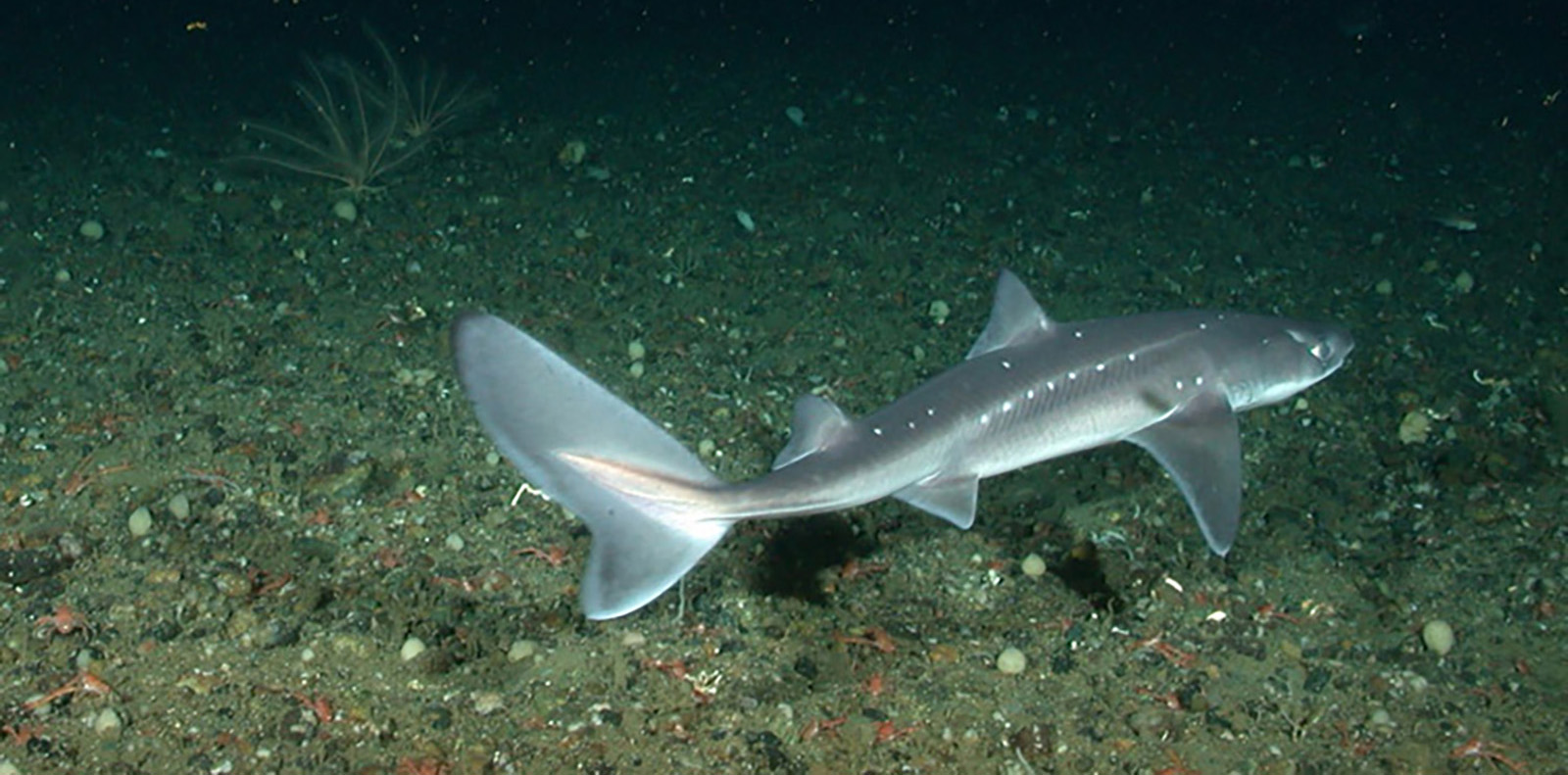Recommendations Diminish New England Fishing Protections
June 22, 2015
NEWPORT, R.I. — Cashes Ledge, a pristine marine habitat in the Gulf of Maine, will maintain its protected status, but large swaths of other habitat in New England waters are one step closer to losing protection from various types of fishing gear.
The New England Fisheries Management Council (NEFMC) met last week in Newport to vote on its recommended approach to habitat protection in New England waters. The council’s recommendations will eventually be considered by the National Marine Fisheries Service (NOAA Fisheries), which has the option to approve, disapprove or partially approve them.
Many of NEFMC’s decisions, including the decision to maintain protections for Cashes Ledge, were made at the council’s April 21-23 meeting in Mystic, Conn. At that meeting, a last-minute proposal concerning the protected areas on Georges Bank pushed some votes to the June meeting.
The lead up to the NEFMC’s April and June meetings had environmental organizations butting heads with the fishing industry. NEFMC’s Habitat Committee had recently recommended that the full council adopt a strategy that catered to fishing interests at the expense of habitat protection, despite the committee’s mission to enhance habitat protection, according to conservationists.
John Bullard, regional administrator of NOAA Fisheries, sided with the conservationists, writing a 9-page letter to the chair of the NEFMC in which he outlined his concern with the Habitat Committee’s recommendations.
“After a decade of development, the Council may take actions that significantly weaken, rather than improve, essential fish habitat protection,” he wrote.
According to Bullard, NOAA Fisheries would be unable to approve many of the Habitat Committee’s recommendations if they were adopted by the NEFMC.
During the course of the April and June meetings, the NEFMC adopted a set of recommendations that severely reduce the amount of protected habitat in New England waters. While the closed area around Cashes Ledge — the gem of the region’s protected areas — withstood the Habitat Committee’s recommendation to reduce its size by 60 percent, and a new protected area was added to the eastern Gulf of Maine, other closed areas were left on the chopping block.
Twenty-five percent of the area currently closed to fishing in the western Gulf of Maine would be reopened under the recommendations of the NEFMC. The Nantucket Lightship Closed Area would be eliminated entirely, though a limited area would be preserved by the creation of the Great South Channel Protected Area. Georges Bank would lose about 80 percent of its protected area, and what remained would be open to some fishing gear, including scallop dredges, clam dredges and trawls.
In all, protected areas outside of Cashes Ledge would be reduced by 60 percent, according to the Conservation Law Foundation (CLF).
Greg Cunningham, CLF vice president, said the NEFMC’s recommendation concerning Georges Bank is contrary to its own science. “They are following the guidance of industry, and (allowing fishing) even in areas they are purporting to protect,” he said.
Cox Ledge, south of Rhode Island, which was included as a new protected area, would remain open to fishermen using a gear modification that the Draft Environmental Impact Statement (DEIS), written to offer guidance to members of NEFMC, says is unsupported by science as a habitat protection measure.
Similarly, in a new protected area in the Great South Channel, east of Nantucket, surf clam dredges will be permitted for at least one year; the DEIS describes surf clam dredges as the most damaging fishing gear.
The NEFMC’s collective set of recommendations don’t meet the legal requirements of the Magnuson–Stevens Fishery Conservation and Management Act, according to Cunningham.
“If (NOAA Fisheries) is going to uphold the requirements of the Magnuson-Stevens Act, it would have to reject this,” he said.
NOAA’s Bullard, a voting member of NEFMC, voted with the minority against the Georges Bank alternative that would reduce the size of the protected areas.
At the end of the June NEFMC meeting, Bullard noted that NOAA Fisheries had reservations about the Georges Bank recommendation. He said he would submit a letter to the council expressing his concerns. According to Cunningham, this letter could result in the NEFMC reconsidering the recommendation at its September meeting.
“Bullard increasingly appreciates the need to protect marine habitat for the purpose of enhancing fisheries,” Cunningham said.
After the NEFMC’s recommendations are finalized, they will be submitted to NOAA Fisheries for review. Prior to the review, NOAA Fisheries will accept public comments for 60 days. Within 30 days of the end of the comment period, the recommendations must be approved, disapproved or partially approved.
Should NOAA Fisheries disapprove all or portions of the NEFMC’s recommendations, the council will have a final opportunity to revise the recommendations to an acceptable state. Should the council fail to do so, NOAA Fisheries would have the option to undertake the process of rewriting problematic recommendations unilaterally. NEFMC would lose its influence, except for the ability to offer comment, according to Cunningham.
Categories
Join the Discussion
View CommentsRecent Comments
Leave a Reply
Your support keeps our reporters on the environmental beat.
Reader support is at the core of our nonprofit news model. Together, we can keep the environment in the headlines.
We use cookies to improve your experience and deliver personalized content. View Cookie Settings




"as lobster numbers skyrocket"…….what a bunch of BUNK!! Even if they did "skyrocket", lobstermen would reap the benefits.
In all my 68 years I’ve never heard anyone complain about too many lobsters.
Unfortunately, this article is rife with inaccurate and unscientifically based arguments that do not truly inform the reader of the facts. Possibly the author or Mr. Cunningham have not sat through all of the Habitat Committee meetings, read the materials used in the decisions of the Council (the Habitat Amendment is a larger document than the Affordable Care Act and the product of eleven years of research and development), or has not paid attention to the purposes of former closed areas. Contrary to the assumptions of this article, the Georges Bank closed areas were never designed to protect habitat. They were designed as groundfish mortality closures under the former days at sea plan for groundfish, in an attempt to restrict fishing effort when there was no annual total allowable catch. This is the case of many of the closed areas. Due to the fact that they were designed as groundfish mortality closures, various other gear types have had access to these areas, either seasonally or in some cases year round. Since the hard total allowable catch was instituted for groundfish, there is no longer a reason to restrict fishing effort by area, because there is a cap on how much fish can be harvested by the entire fleet. Furthermore, those areas were agreed to by fishermen on the basis that by limiting themselves for a six year period only, the area would be reopened, i.e., if you take the hit now, you will be rewarded in the long run. That was approximately twenty years ago. The reason for their institution no longer exists, and the opening is about fifteen years overdue past the promised reopening time. There is no scientific evidence to support their further closure.
The habitat model used by the New England Council in the Habitat Amendment is called the SASI model, or swept area seabed impact, model. It is designed to show areas of stable bottom, such as hard or rocky bottom, where structured fish habitat exists. This habitat is more vulnerable to the impacts of fishing gear than sand bottom, which naturally changes with water movement, storms, etc.. Sand bottom is continually shifting, even at significant depths, so it does not support structured habitat. The Habitat Amendment looked at the areas mapped by the SASI model to restrict fishing in the structured habitat bottom. Not all area of the ocean is structured fish habitat and not all areas of the ocean are adversely impacted by fishing gear, as this article suggests. That is a myth.
Opening up closed areas that were closed for reasons long gone, and which do not contain structured habitat, does not have a negative affect on fish habitat, or on the ecosystem. In fact, new areas identified as possibly requiring protection, were created by the Amendment. The Habitat Amendment was based on a scientific model, and all the area closures/openings were completed on a scientific basis.
The nation’s governing fisheries law, the Magnuson Stevens Act, requires that fishery management plans be based on the best scientific information available, which this Amendment was. It also requires that the economic impacts to fishing communities be a mitigating factor and taken into account by management plans. To insinuate that "following the guidance of industry" is a negative concept does not give the law full force. Working with the fishing industry is an integral concept of the law. The stated purpose of the Magnuson Stevens Act is to "promote domestic commercial and recreational fishing under sound conservation and management principles" using the "best scientific information available". In case anyone missed that- to promote fishing. Side by side with sound conservation based on science, true science and not hearsay. That is the law. The New England Habitat Amendment accomplishes this goal by promoting access to fishing areas while conserving scientifically vulnerable habitat.
Hopefully, the people of Rhode Island understand how important fishing communities are to this state, culturally, economically, socially, and physically. Every wild caught piece of fish on every plate in every restaurant in Rhode Island was sustainably harvested and brought to this community by a commercial fisherman. In addition, fishing has less of an adverse impact on the environment than farming other sources of protein on land. Promoting commercial fishing while supporting scientifically based conservation decisions is good for Rhode Island and it is good for the environment.